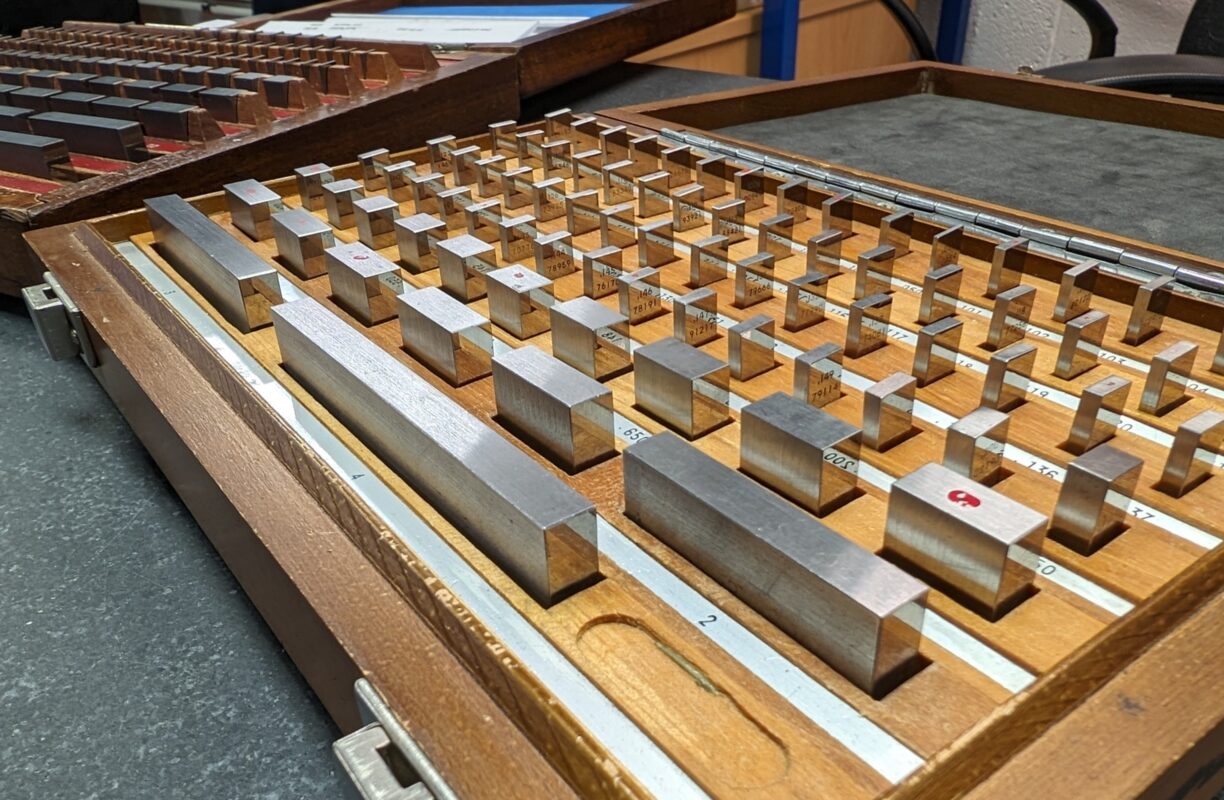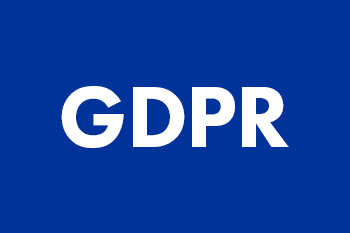As it’s British Science Week CoMech’s technical team thought it was a great opportunity to shine a light on calibration of safety-critical equipment and the science behind it. In various industries, from healthcare to aerospace, ensuring the accuracy and reliability of instruments is not just a matter of convenience; it’s a matter of life and death. Let’s delve into the intricate world of calibration, where science meets safety to uphold the highest standards of precision.
An Overview of Calibration
At its core, calibration involves comparing the measurements of an instrument against a known standard to determine its accuracy. Imagine a medical thermometer; its readings must align precisely with the accepted temperature scale to diagnose fever accurately. Similarly, aircraft altimeters must provide precise altitude measurements for safe navigation. Calibration ensures these instruments perform as expected, leaving no room for error.
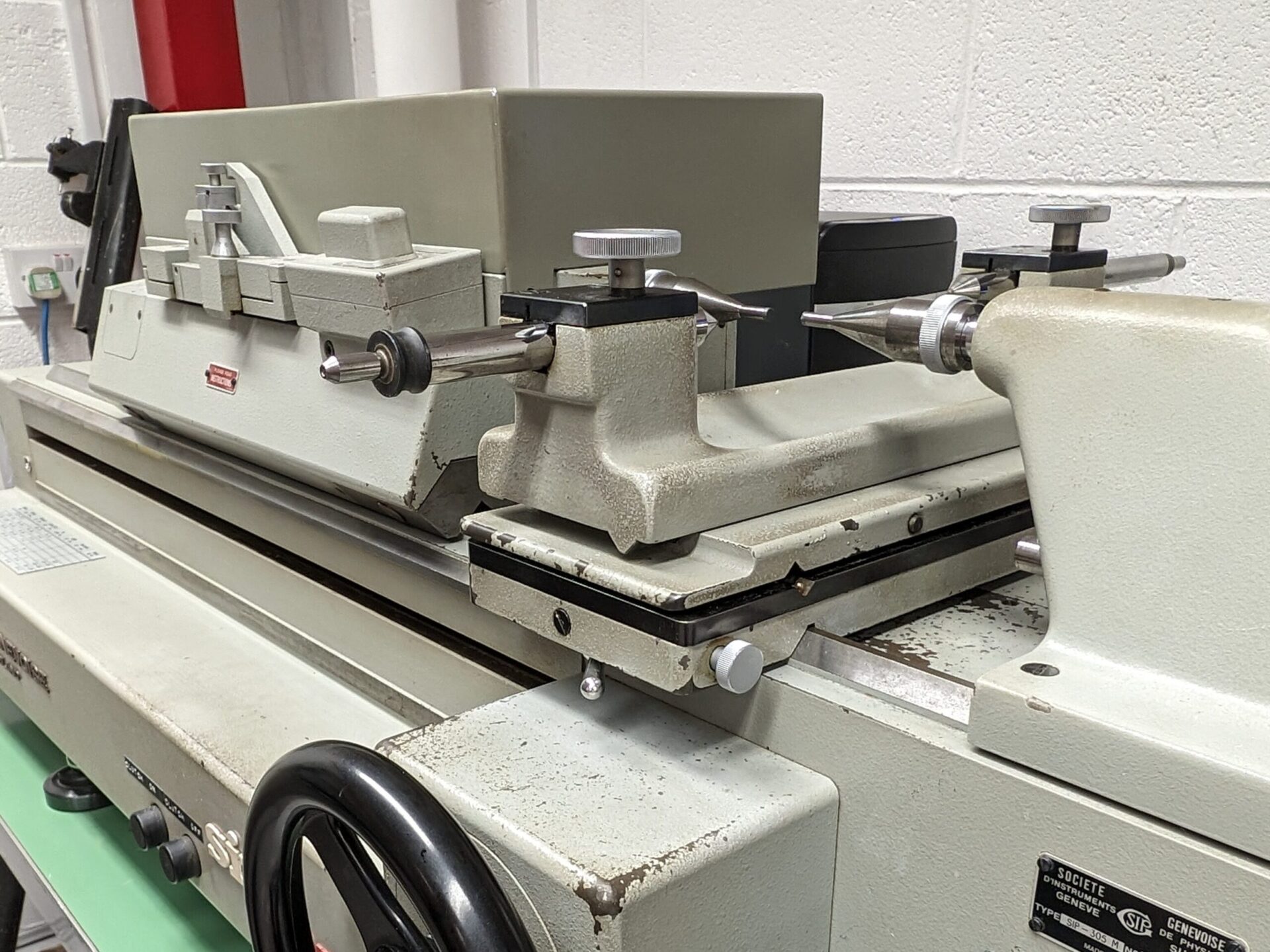
The Science Behind It
Calibration is a meticulously planned process rooted in scientific principles. Take, for instance, the calibration of a pressure gauge. These can be calibrated in two ways; firstly where the calibration engineers subject it to controlled pressures and compare its readings to those of a highly accurate reference gauge. Through statistical analysis and mathematical modelling, they determine correction factors, compensating for any deviations from the standard. Secondly using a deadweight tester which uses a fluid (oil), weights and a piston of known area to calculate applied pressure from first principles. This method uses Pascal’s Law: when there is an increase in pressure at any point in a confined fluid, there is an equal increase at very other point in the container (or confined system) Pressure = force/Area. Both of these process demands a deep understanding of physics, statistics, and metrology—the science of measurement.
Metrology as the Backbone of Calibration
Metrology plays a pivotal role in calibration, providing the theoretical framework and techniques to ensure measurement accuracy. The International System of Units (SI) forms the cornerstone, defining fundamental units like metre, kilogram, and second. Metrologists meticulously maintain these standards, guaranteeing uniformity and consistency in measurements worldwide. Without this standardised approach, calibration would lack the necessary foundation to uphold safety standards across industries.
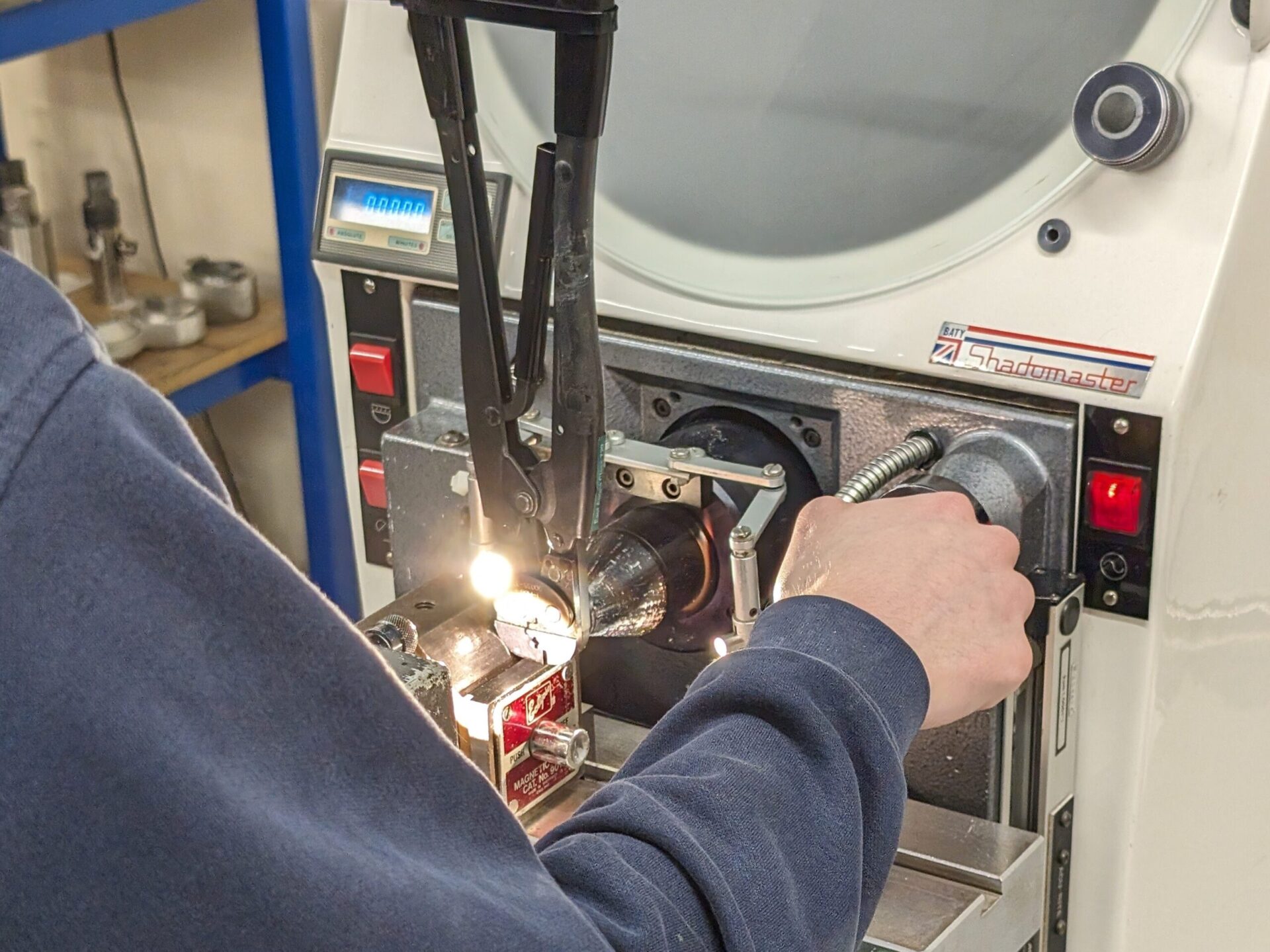
Ensuring Traceability and Accreditation
For calibration to inspire confidence, traceability is paramount. This means every measurement can be traced back to an internationally recognised standard. UKAS accredited calibration laboratories, such as our own in Derby, adhere to stringent protocols, conducting measurements with the highest level of precision and accuracy. The team follow documented procedures, maintain meticulous records, and participate in proficiency testing to validate their competence. This commitment to quality ensures the reliability of safety-critical equipment.
Impact Across Industries
The impact of calibration extends far and wide, touching numerous sectors where safety is non-negotiable. In the rail industry, calibration plays a crucial role in ensuring the safety and efficiency of operations. Various instruments and systems, from speedometers to signalling equipment, must undergo rigorous calibration to maintain accurate and reliable performance. In manufacturing, precise calibration of machinery ensures product quality and workplace safety. Calibration ensures precision in food and drink manufacturing, guaranteeing product quality and safety. Across these industries, calibration underpins safety, efficiency, and reliability.
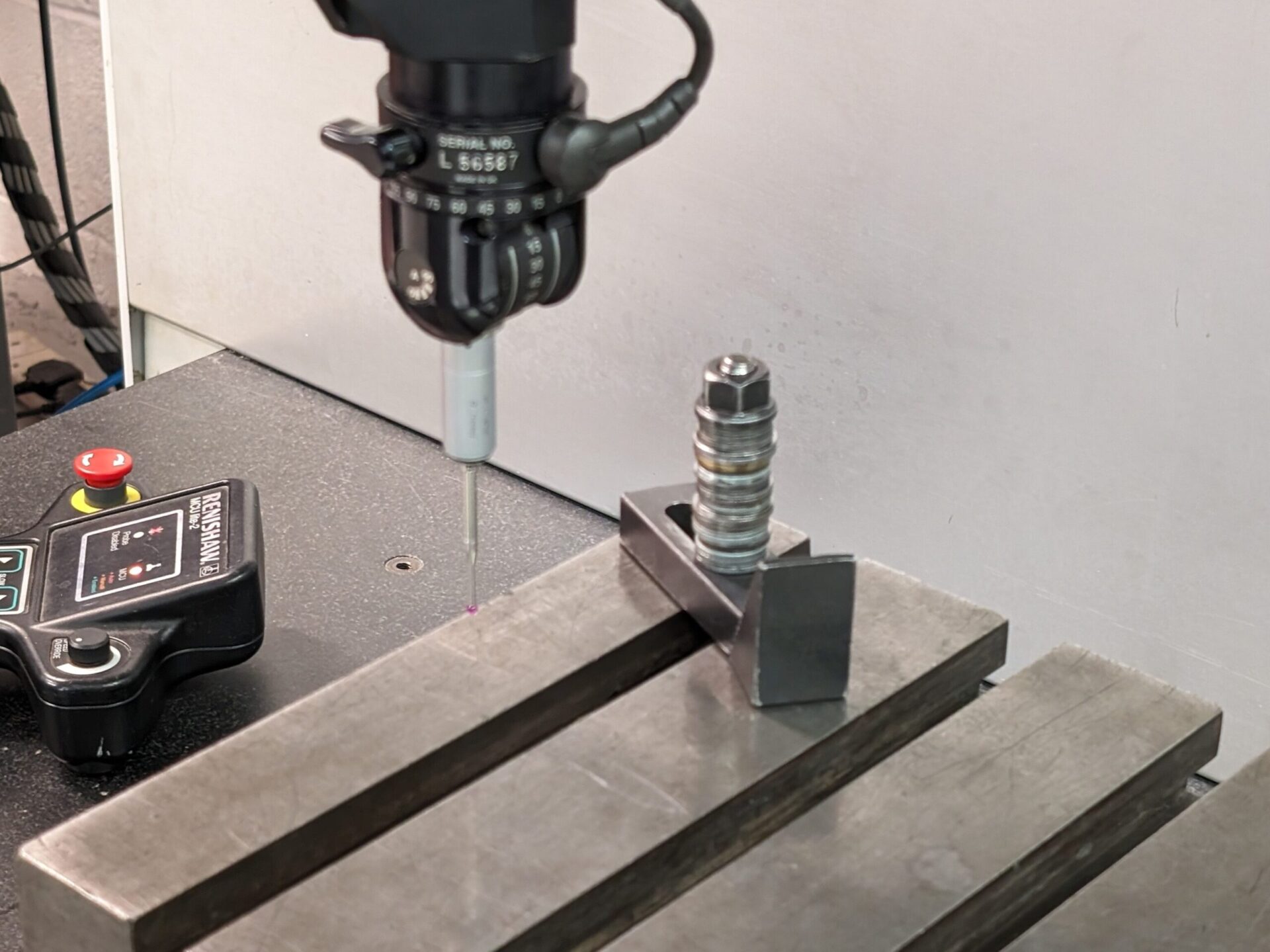
Here’s to the science behind every accurate measurement where CoMech’s profound commitment to scientific rigor and precision can support safe operating conditions whatever industry you operate in.

